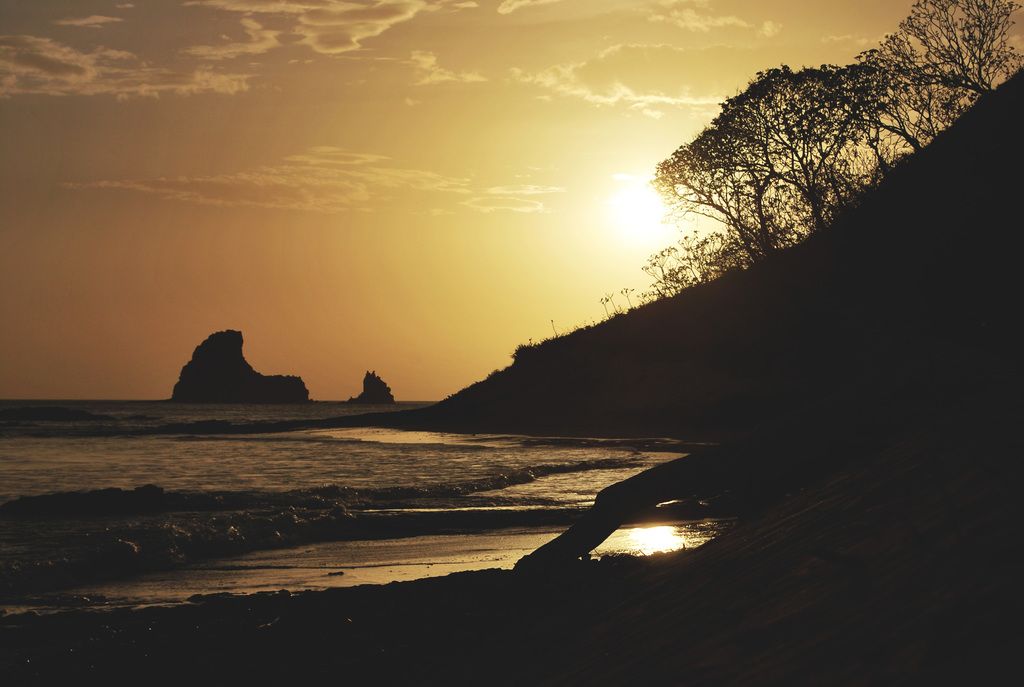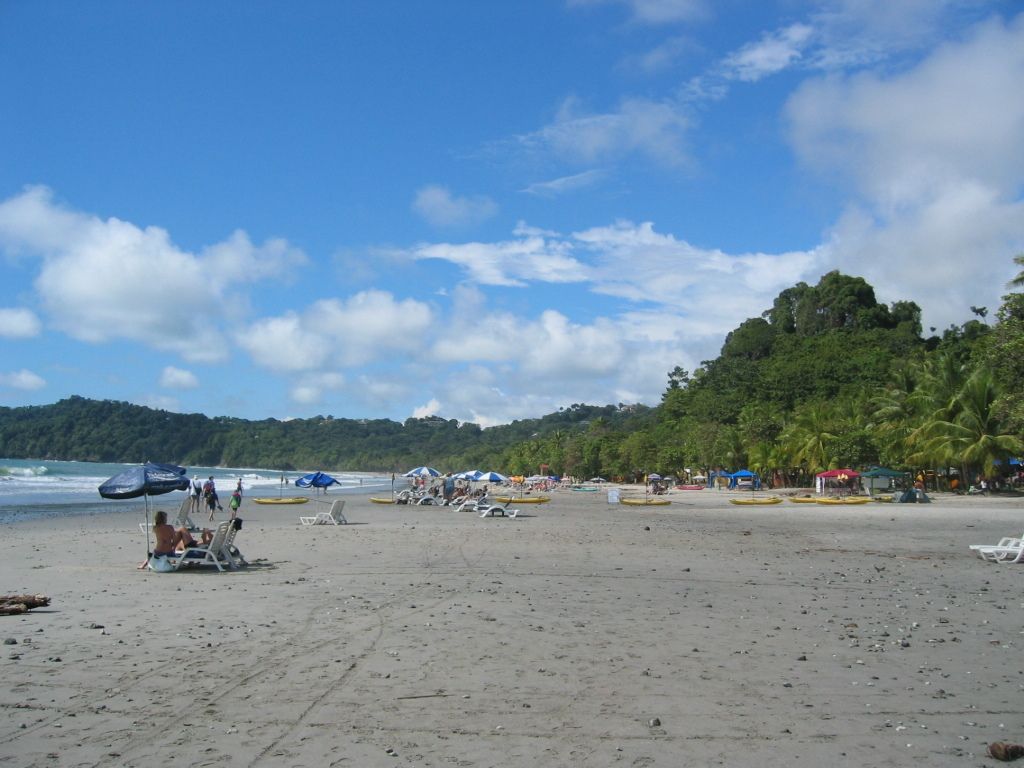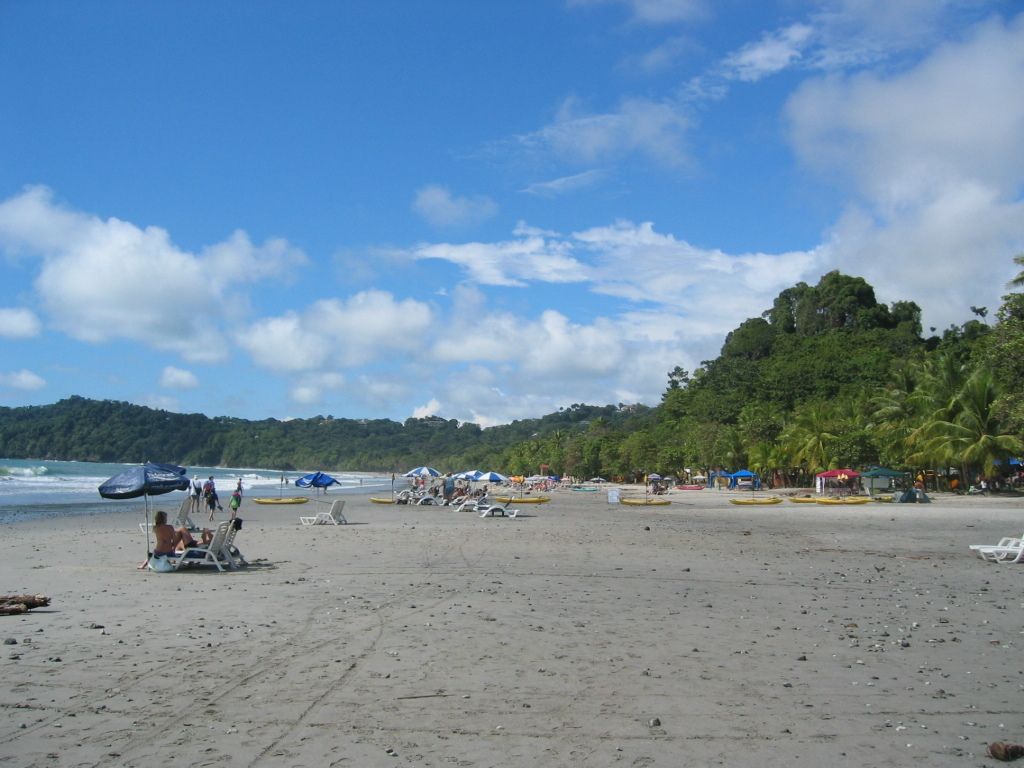Is Space Tourism Really Safe? A Closer Look
Space Travel Safety: Examining Safety Measures Implemented by Space Tourism Companies
Let's get straight to the point: Space tourism is safer than ever, but still carries a level of risk that's higher than regular air travel.
Though safety is the heart of modern space tourism design, venturing beyond Earth's atmosphere is, by nature, risky business. Fortunately, advancements in reusable rockets, automation, and human-rated capsule design have significantly reduced the danger.
As of 2025, no unfortunate incidents have marred commercial space missions undertaken by the likes of Blue Origin, SpaceX, or Virgin Galactic.
Potential Hazards
In space travel, risks can include:
- Launch failures
- Re-entry heat and deceleration
- Human medical emergencies
- Equipment malfunctions
Early space history was plagued with accidents due to the less-evolved automation found in government programs. Today's commercial operators, however, go the extra mile by building redundancy and safety protocols far beyond the early space race era.
Space Tourism Protection Measures
🌕 SpaceX
- Vehicle: Crew Dragon
- Escape System: The SuperDraco abort engines allow the capsule to separate from a malfunctioning rocket at any point during launch.
- Performance: Successfully launched NASA astronauts and private citizens without any major issues.
- Training: Orbital passengers undergo months of rigorous training, simulations, and emergency drills.
🚀 Blue Origin
- Vehicle: New Shepard
- Escape Mechanism: An in-built solid rocket motor separates the crew capsule in case of booster failure during mid-flight.
- Testimony: Successfully completed multiple crewed flights with safe landings; one uncrewed abort test in 2022.
- Preparation: Suborbital passengers receive lightweight training for 1-3 days.
🛸 Virgin Galactic
- Vehicle: SpaceShipTwo (VSS Unity)
- Design Element: A glide return and feathering tail system help stabilize re-entry.
- Records: Completed numerous commercial flights with civilians; one fatal test accident in 2014 that led to design improvements.
- Training: Includes G-force training and emergency drills for 3-5 days.
Regulatory Framework
In the U.S., the Federal Aviation Administration (FAA) is responsible for commercial space launches. The "informed consent regime" means passengers must accept the risks, understand the spacecraft is not certified like an airline, and take personal responsibility for flying.
However, public safety is the FAA's main focus. A moratorium on stricter safety rules has been extended through at least 2026 to let the industry grow before tightening regulations.
Space Tourist Training
Space travel customers receive varying levels of training, depending on the mission:
Though passengers are not expected to fly the spacecraft themselves, they must be familiar with basic safety protocols and able to follow instructions.
What If Something Goes Wrong?
All spacecraft used in space tourism features automated abort systems that can detect issues and act without the need for pilot input:
- Blue Origin's capsule can land safely if the booster fails.
- SpaceX's Dragon capsule can abort landing via parachute on land or sea.
- Virgin Galactic vehicles have gliding capability to return without engine power.
Ground control teams also closely monitor all systems and can intervene or abort flights, if necessary.
Learning from Mistakes
Yes, the space industry has seen its share of mishaps, which have paved the way for current safety practices:
- Virgin Galactic (2014): A test pilot tragically lost his life due to premature feathering deployment. The system was revised with safety enhancements.
- Blue Origin (2022): An uncrewed booster failed, but the capsule's abort system performed flawlessly.
- SpaceX (2019): A Dragon capsule blast occurred during ground testing, leading to a thorough review of safety procedures before crewed missions commenced.
These incidents underscore the importance of thorough testing and adaptations for better outcomes.
Final Words
In 2025, space tourism is significantly safer than it was just a decade ago, thanks to modern engineering, automation, and solid training methods. As we continue to push the envelope, we can confidently explore space with growing assurance.
That said, air travel this isn't yet. Risks still exist, and informed consent is vitally important. The industry's perfect track record with tourists so far is a testament to what's possible in the exciting realm of the unknown.
- Despite its elevated safety measures, space tourism still carries a level of risk exceeding regular air travel, as venturing beyond Earth's atmosphere is inherently risky.
- NASA, Blue Origin, SpaceX, and Virgin Galactic have taken significant strides in increasing space tourism's safety with reusable rockets, automation, and human-rated capsule design.
- Potential hazards in space travel include launch failures, re-entry heat and deceleration, human medical emergencies, and equipment malfunctions.
- SpaceX's Crew Dragon utilizes the SuperDraco abort engines and a thorough training program for passengers, further ensuring safety during commercial space missions.
- Blue Origin's New Shepard boasts an in-built solid rocket motor for an in-flight crew capsule separation in the event of booster failure.
- In the case of space tourism accidents, all spacecraft are equipped with automated abort systems, allowing for safe returns even when the main systems fail. Fatal accidents in the past, such as Virgin Galactic's 2014 test, have driven the industry to focus on thorough testing and design enhancements for better outcomes.





